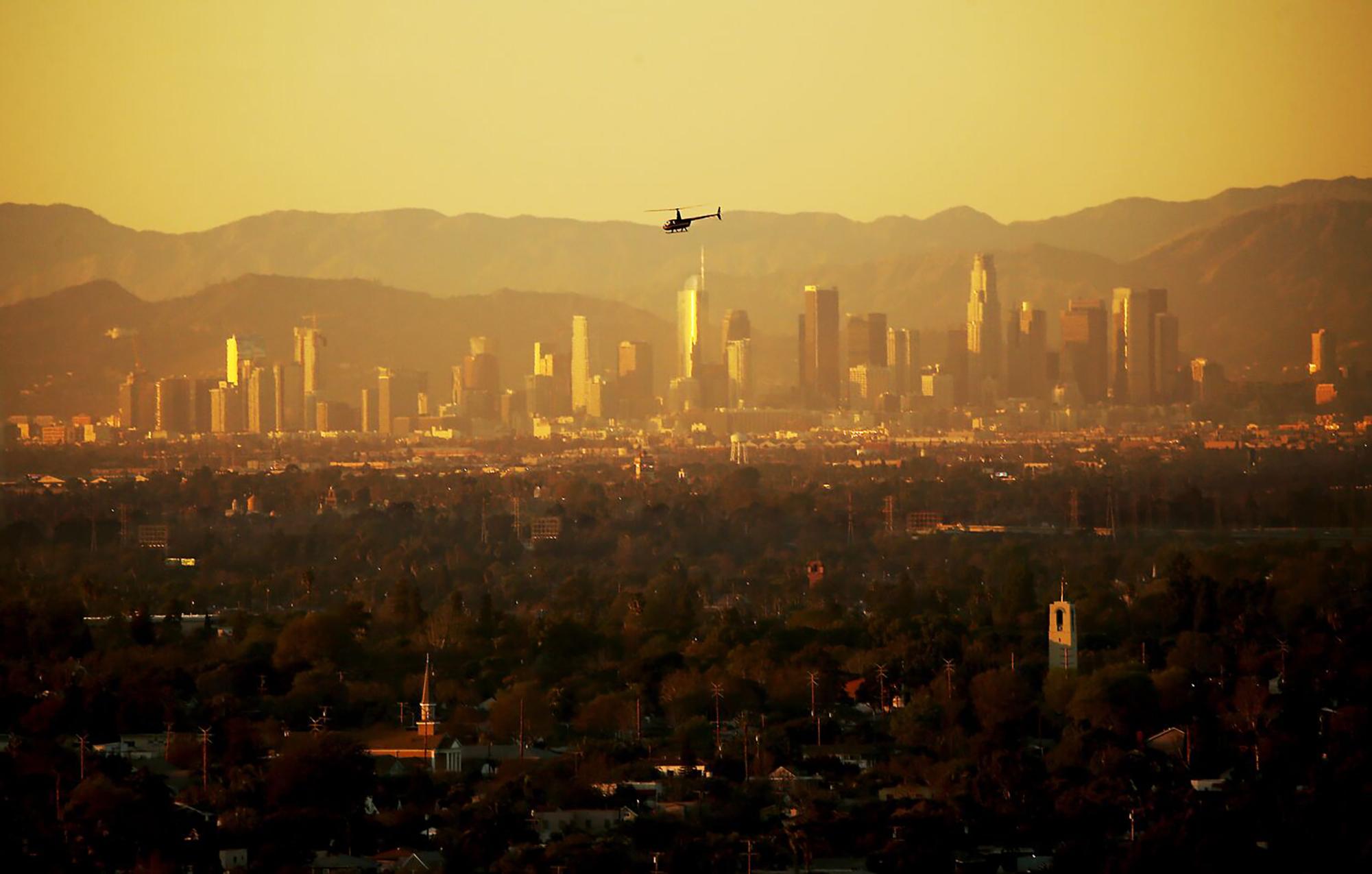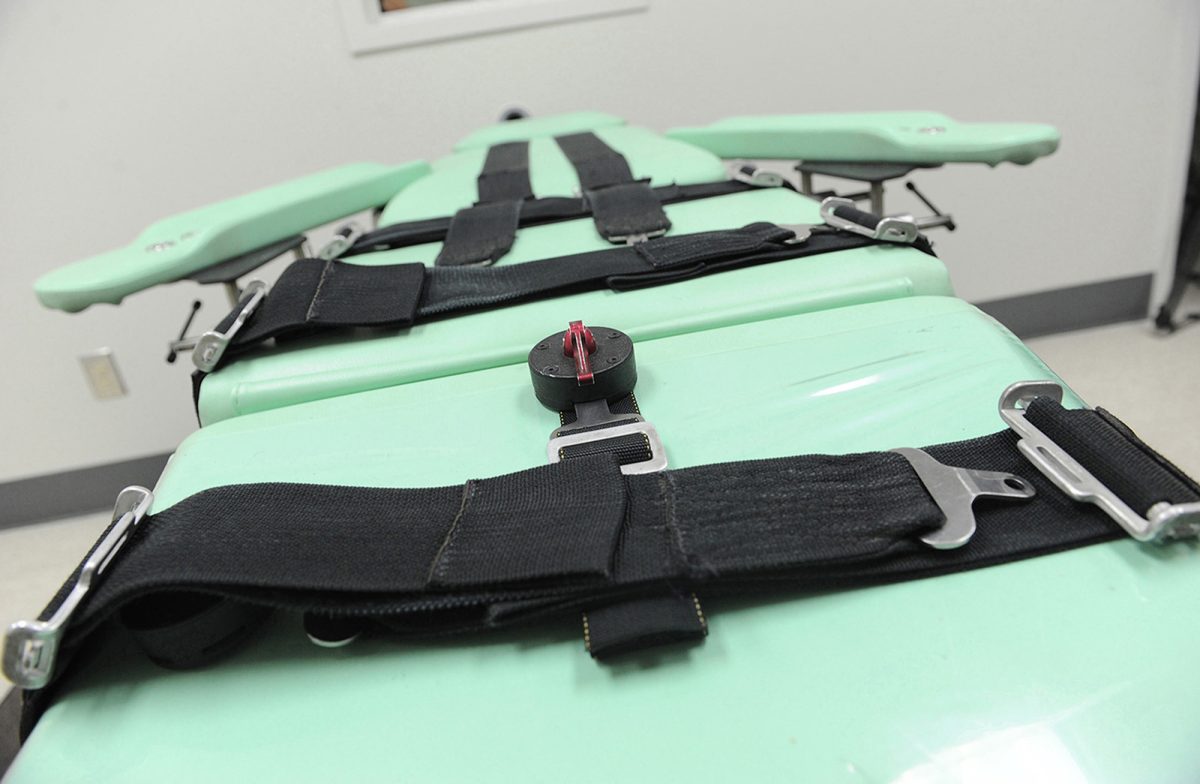Excessive heat is no stranger to summers in the Southeast. But this summer felt far hotter than past ones and was nearly unbearable. In fact, most of Georgia was placed under an “Excessive Heat Warning” in the middle of August, a measure that warns Georgians to expect at least two days with heat indexes of at least 105 degrees.
Georgia was not alone this summer in terms of heat. July was the hottest recorded month in global history and the fourth consecutive month to have record-high ocean surface temperatures. In late July, President Biden asked the Department of Labor (DOL) to issue the first-ever heat hazard alert, designed to remind employers that they must protect workers against hazards and illnesses caused by high temperatures and to remind employees of their rights. Louisiana Governor John Edwards declared a state of emergency over the heat, after the state experienced over a month of days with a heat index of 105 degrees or more, which nearly doubled the heat index record set in 2021. Across the world Beijing broke its 23 year old record for high temperature days in a year, recording 27 days.
Scientists look to the Climate Shift Index (CSI) to determine whether the heat can be attributed to human caused climate change. According to the CSI, 6.5 billion people in the world (approximately 81 percent of the global population) experienced at least one day with a CSI level of at least three, meaning that local conditions (in this case extreme heat) are estimated to have been made at least three times more likely due to human-made climate change.
Heat is not the only recent condition scientists are attributing to climate change. On Aug. 8, four wildfires broke out in Maui, HI, quickly burning over 10 square miles of the island, whose total area is a mere 735 square miles.
The fires quickly gained global attention because of the 97 lives they claimed, the 388 people who went missing as a result of the fires, and the $5.52 billion estimated in repairs. But the other reason the fires gained such widespread viewership was their sheer unlikeliness: Maui, known for its lush vegetation and rainforests, seems like the antithesis of the typical arid environments or plains in which wildfires thrive.
Since 1990, rainfall in Hawaii has dropped by 31 percent in the wet season and six percent in the dry season, according to studies by the University of Colorado and the University of Hawaii. As temperatures increase due to human activity, the clouds above Hawaii thin, causing less precipitation, according to climatologist Dr. Abby Frazier. These rising temperatures appear to have pushed bigger storms north. All these conditions together have placed 16 percent of Maui in a severe drought and 20 percent more in a moderate drought.
Paideia teacher Katie Woolf visited the Hawaiian island Kauai over the summer, and noticed the lack of rainfall. Says Woolf, “I was on Kauai for five days and it only sprinkled 1 time. I was expecting much more rain.”
The decrease in precipitation has mixed with the increased temperatures to dry out the region’s vegetation. The dry grasses taking over the islands are extremely flammable, especially in comparison with the lush native vegetation. In other words, the changing climate has transformed Maui from a region seemingly resistant to risk of wildfires to a breeding ground for wildfires in just a few years.
As hurricane season approaches, climatologists also worry about the effects of climate change on storms. Warm waters can “supercharge” storms, causing them to become stronger, deadlier, and more frequent, as well as less predictable. Warmer waters make tropical cyclones resistant to wind shear, a weather pattern that usually acts to weaken hurricanes. Warm waters can also lead to rapid intensification of storms, which is when storm winds jump 35 mph in less than a day–in other words, warmer waters can escalate hurricanes from a Category 2 to a Category 4 in only a day.
In May, the National Oceanic and Atmospheric Administration predicted 12-17 tropical cyclones in the Atlantic hurricane season. At the end of the summer, however, the predicted storms grew from 14-21.
The increased volatility of these storms is also apparent in their surprising geographic locations. At the end of August, Tropical Storm Hilary became the first tropical storm to hit Southern California in 84 years. First responders from one county, Cathedral City, rescued 48 people in 18 hours. There have been no deaths reported in California due to the storm, though officials are clear that this might be subject to change.




Elena Collins • Sep 26, 2023 at 8:18 pm
This was very good Maisey! I really appreciate you speaking out about this topic. Also, this is very well written.